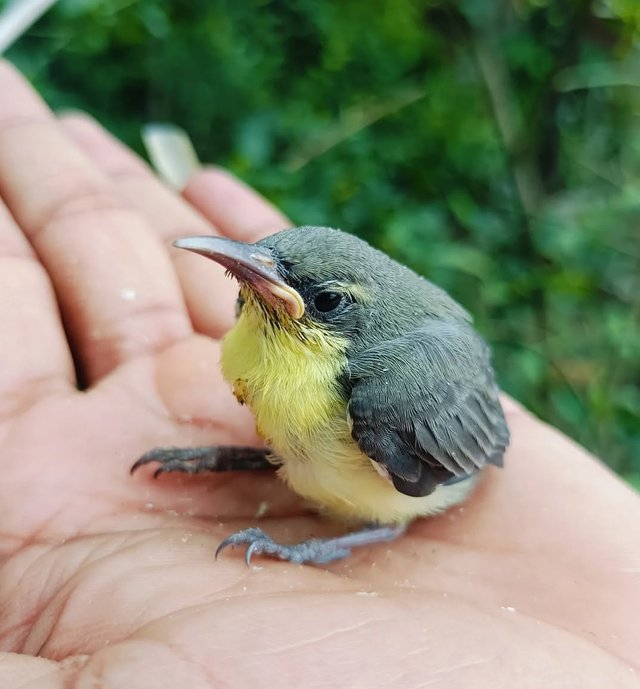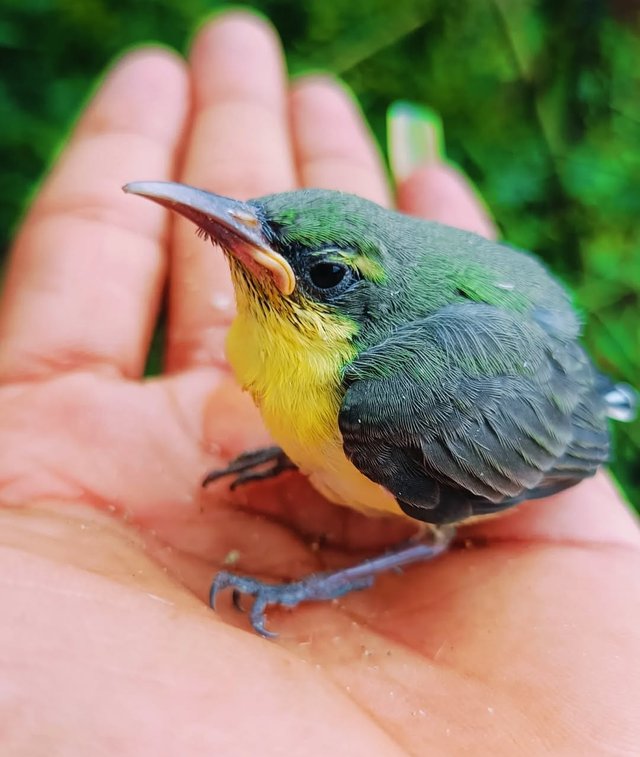So Cute Garden Sunbird
The name you mention—Garden Sunbird—immediately brings to mind a flash of vibrant colors, quick wingbeats, and a song-filled presence in tropical gardens. Let me unfold what makes this bird so captivating.
What the Garden Sunbird Is
The Garden Sunbird, also known as the Olive-backed Sunbird, is a small, nectar-loving bird found widely across South and Southeast Asia, extending into parts of Australia. True to its name, it is often seen in gardens, parks, and backyards, where flowering plants provide it with a reliable food source.
Size & Shape: This sunbird is tiny—just 10–12 cm long—yet striking. It has a slender, curved bill designed perfectly for sipping nectar.
Plumage: Males are especially eye-catching: they boast a bright yellow underside, olive-green back, and an iridescent bluish-black throat and upper chest that glitters in the sunlight. Females, though plainer, are charming in their own right with a yellow belly and olive back, blending easily with foliage.
Behavior and Lifestyle
When you talk about a Garden Sunbird, the first image is of its constant movement. Rarely still, it darts between flowers, hovering briefly like a hummingbird before perching to drink nectar.
Diet: While nectar is its primary food, it also eats small insects and spiders, especially when feeding young. This diet helps balance its energy needs and ensures chicks get enough protein.
Nesting: Their nests are a marvel—pear-shaped, hanging structures woven from grass, plant fibers, and spider webs. Sometimes, these nests dangle from a low branch, other times right outside human houses. The female typically builds it, working tirelessly to create a secure space.
Call & Song: Their high-pitched, rapid chirps often give them away before you see them. In gardens, they are lively companions, their calls mixing with the buzz of insects.
Ecological Role
Garden Sunbirds are more than just pretty visitors. By sipping nectar, they act as pollinators, transferring pollen between flowers. In regions rich with hibiscus, ixora, and heliconia, they are crucial in maintaining floral reproduction. Their role mirrors that of hummingbirds in the Americas, making them an important piece of the tropical ecosystem.
Relationship with Humans
That they are so common in gardens has made sunbirds familiar to many households across Asia. They thrive near human settlements as long as flowers and shrubs are present. People enjoy watching them flit around hibiscus blooms or hover over ornamental plants, a living jewel in everyday spaces.
| Device | cannon eos 700D |
|---|---|
| Lens | 55-250 zoom leans |
| Location | Bangladesh |




